What happened to happy-looking cars?

In late October, an old Land Rover Series III station wagon that I bought in the U.K. sailed into a California port on a vehicle carrier after three weeks at sea. It was parked in the sun and salt air of the dock to wait out what I believed would be, based on five previous imports, a couple of days of Customs clearance. A week went by. Then another, with barely any information despite repeated inquiries. My temperature began rising. I went around telling people that Customs adopted a new motto: E Screwitus Younum.
So perhaps I wasn’t in the best mood when pics of the new Lotus Eletre SUV dropped in my inbox. I like Lotus and I’m not opposed to luxury SUVs, but the styling did strike me as just another angry face in the crowd. The Eletre has pinched headlights and a scowling grille, and one imagines that Lotus’s designers were evoking a fearsome cobra. Or a warrior chief in the throes of doing his taxes. Or 5-year-old me tasting gefilte fish for the first time.
Thanks to relentless copying and the auto industry’s deep fascination with fads, cars today are almost universally unhappy. They fret, they glare, they scowl, they stew with festering grudges. They are at risk of developing deep and permanent worry lines. For decades, the Toyota Crown has been the upright and understated flagship of Japan’s taxi fleet as well as legions of sensible salarymen. Toyota just released pictures of the new Crown: slit headlights, a jutting chin accentuating an acute underbite, and a wall-to-wall grimace for a grille. Toyota has become enamored with inking its creations with random blackout panels, and the Crown is so thusly tatted that it looks like a gangbanger out on an assuredly brief parole. The new Crown is not here to provide safe, reliable transport—it’s here to swipe your watch and wallet.

Cars seem to reflect our mood. Columnist David Brooks wrote in The New York Times recently that “the negativity in the culture reflects the negativity in real life,” noting that researchers who analyzed 150,000 pop songs released over 50 years determined that the word “love” appeared half as often in later years, while the word “hate” had an uptick. From the endless downbeat headlines to the repeated surveys that say more and more people rate their lives as terrible, the world is in a funk, and it apparently wants its cars to be sad and angry, too.
This wasn’t a problem when most of our classics were built. They were given regal, technical, and forward-to-the-future faces. It helped that industry standard from the 1930s to the 1980s was a 7-inch round headlight (followed by a 5.5-incher), because round lenses backed by semi-hemispherical reflectors did a good job of concentrating light, especially from 6-volt bulbs. Darkness, both literal and figurative, was thus banished to the shadows. The ultimate happy car, the bug-eyed Austin-Healey Sprite, was born into a Britain mired in empire collapse, currency drift, nuclear threat, and increasing social disorder. Yet it keeps smiling (and making smiles) to this day, reminding us all to stop clenching and maybe lighten the hell up.

I waited out Customs with scant information, which sent me to black, enraging places where uncaring bureaucrats lounge through long coffee breaks and slow-walk approvals out of unwarranted spite. Finally, I talked to someone in the know and learned that old Land Rovers get extra scrutiny because theft and import fraud has become so rampant among them. The thin blue line was merely doing its job, and two weeks was actually pretty good—some Rovers have taken six months to clear.
And there it was on the dock, filthy, spotted with seagull crap, but still bright-eyed and chipper. Old Land Rovers have a simple face—just a cube, really, yet a welcoming and competent one. It’s a face that says, “Keep calm and carry on.” And, “If you’re going through hell, keep going.” Apparently, from all the thefts, it’s a face loved the world over, perhaps proving that we’re ready for some happier cars to take us to happier days.
Check out the Hagerty Media homepage so you don’t miss a single story, or better yet, bookmark it.
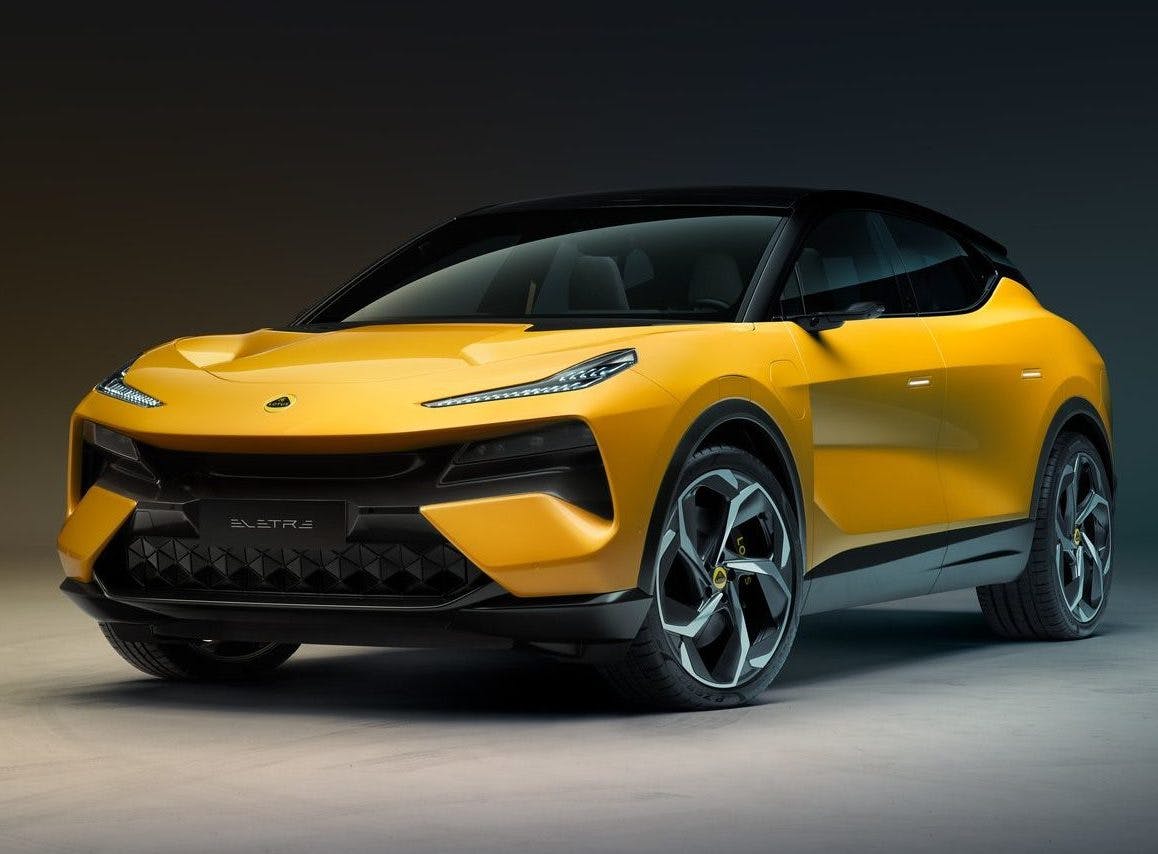
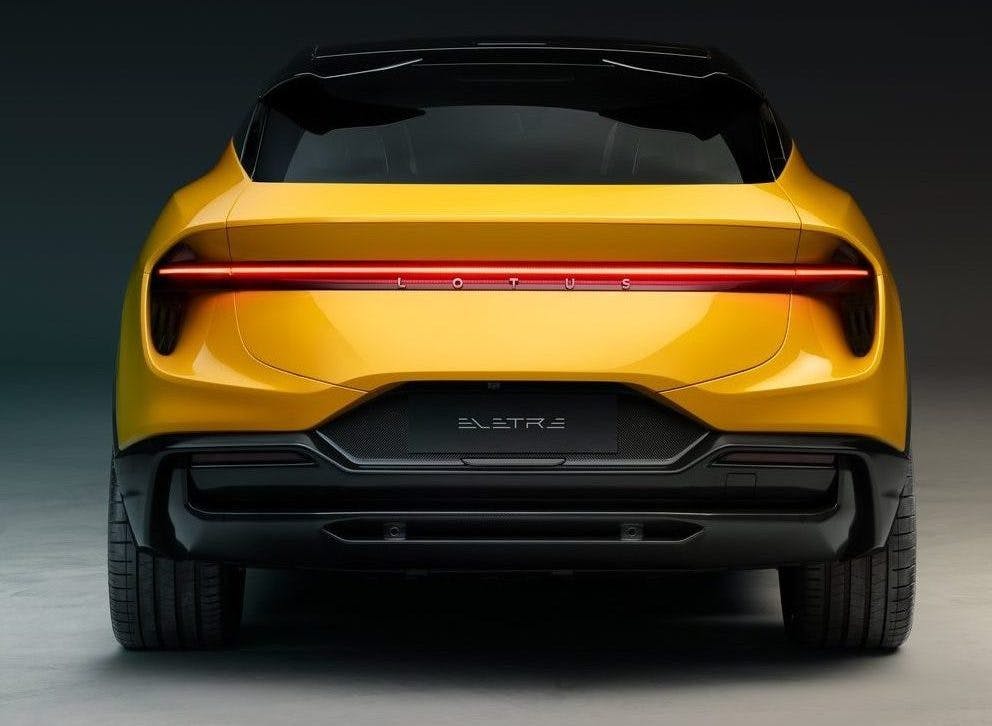
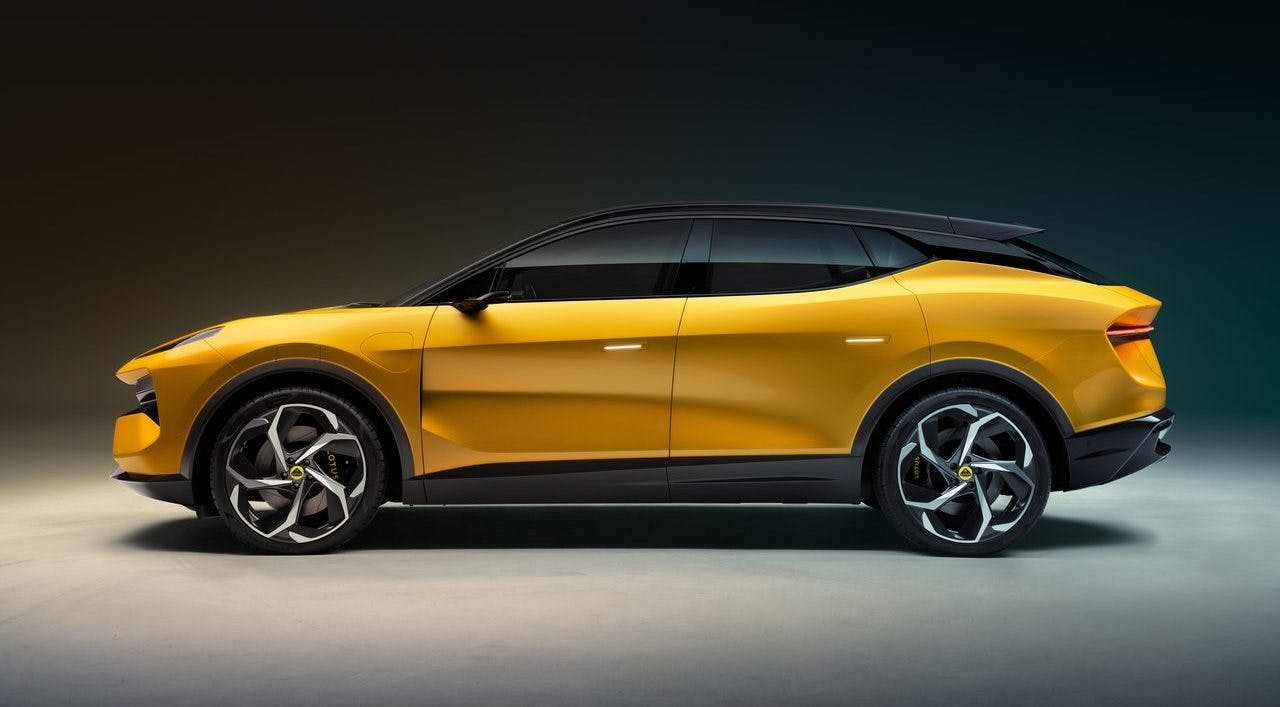
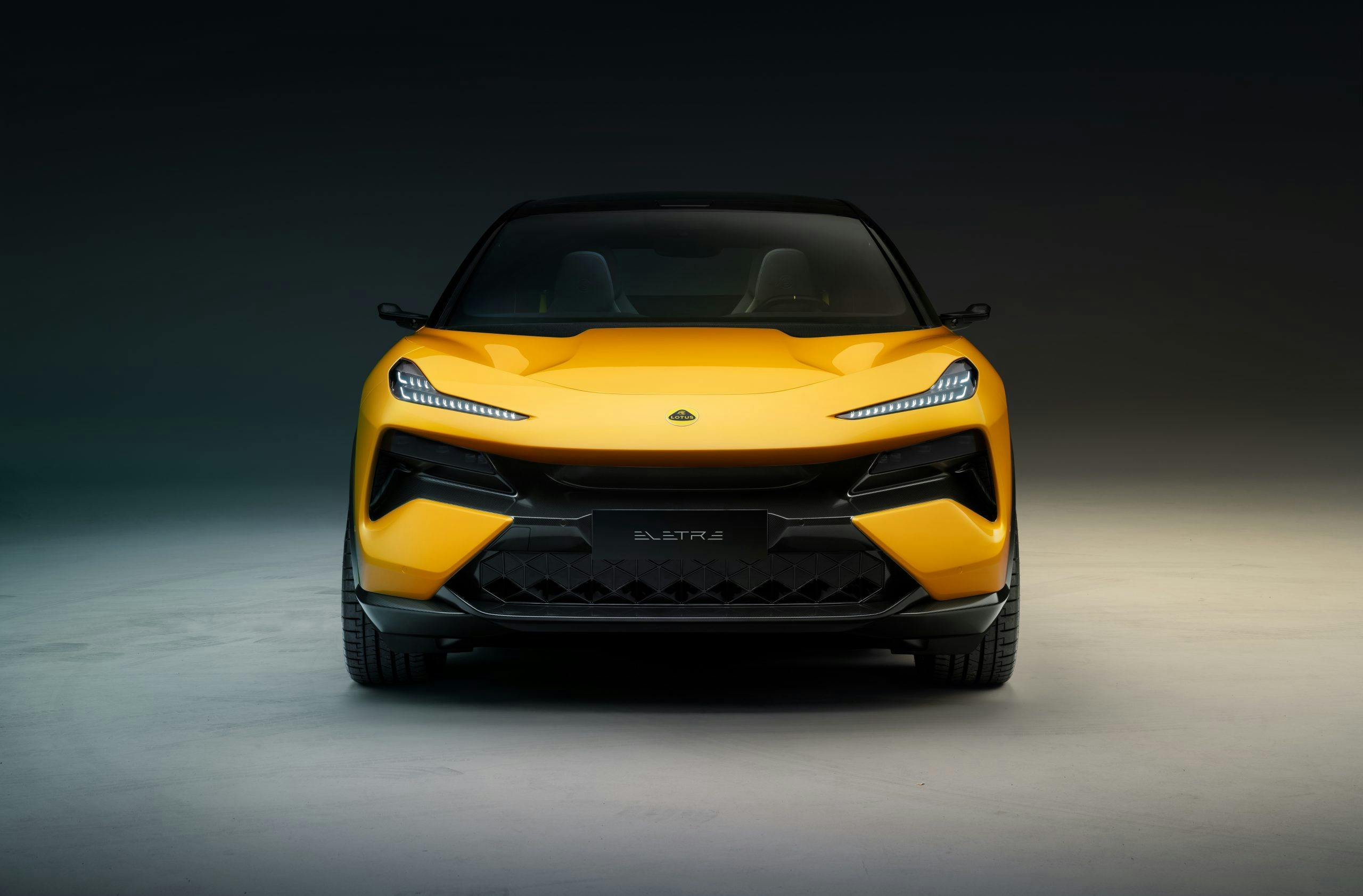
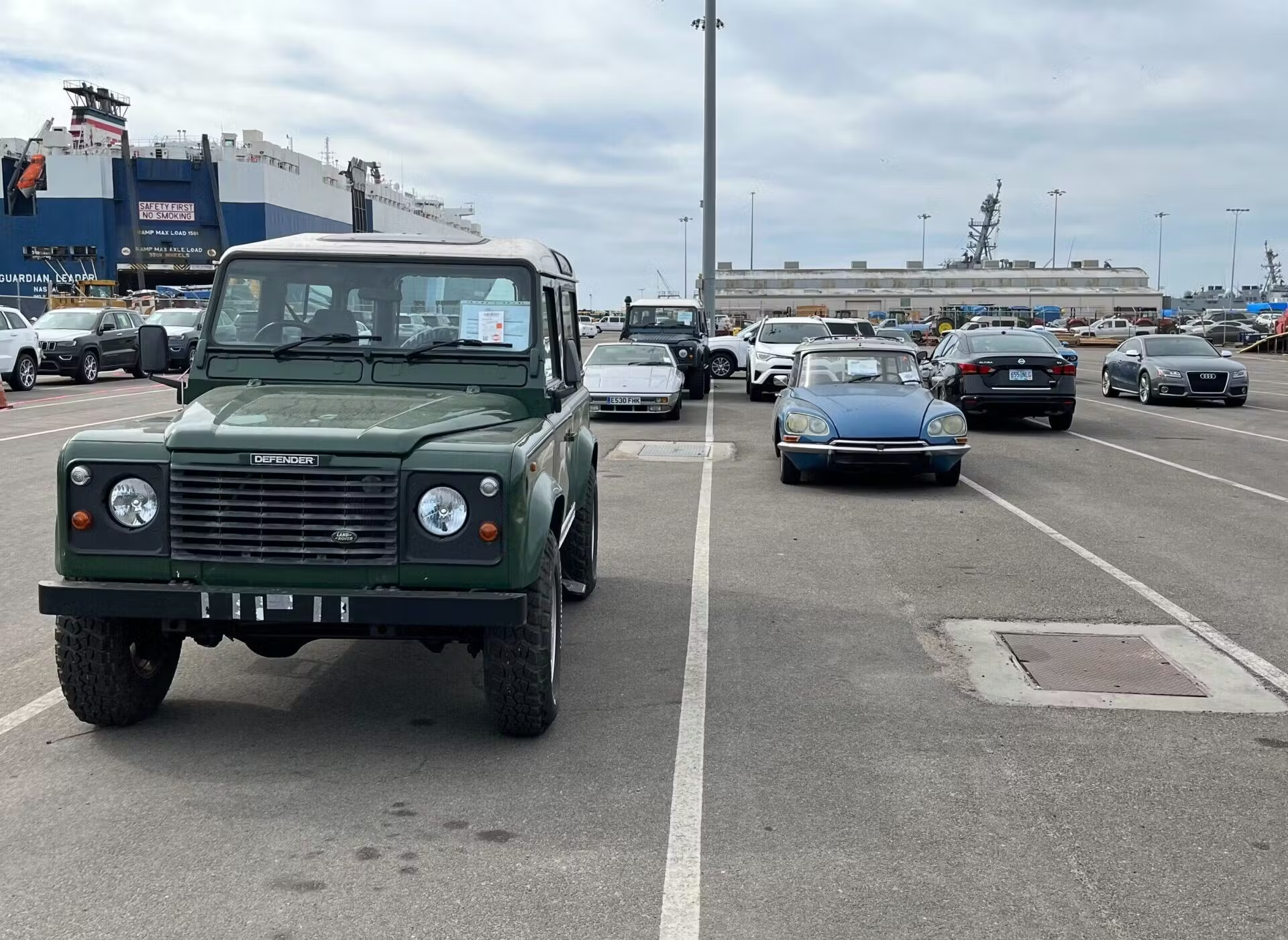
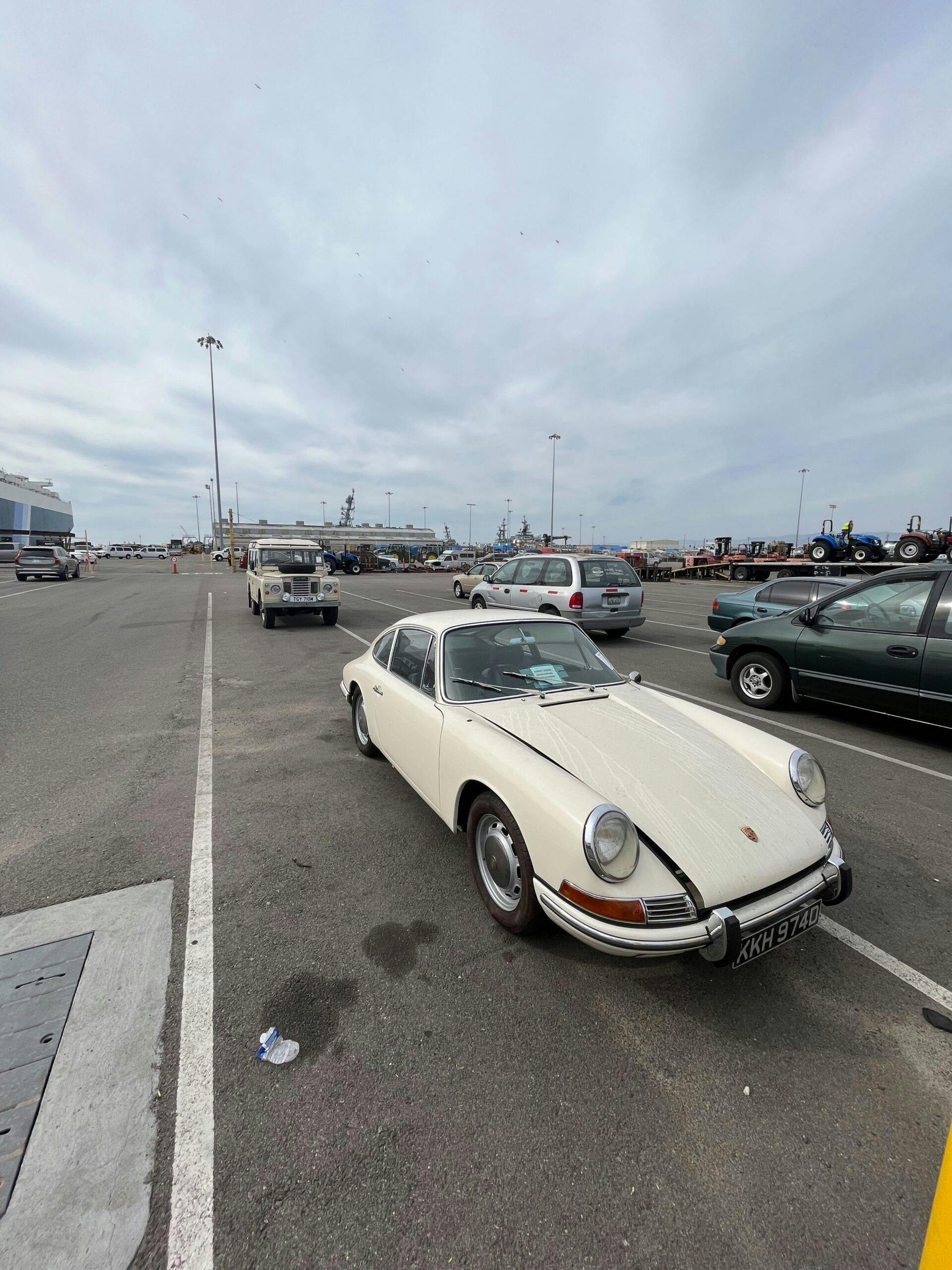
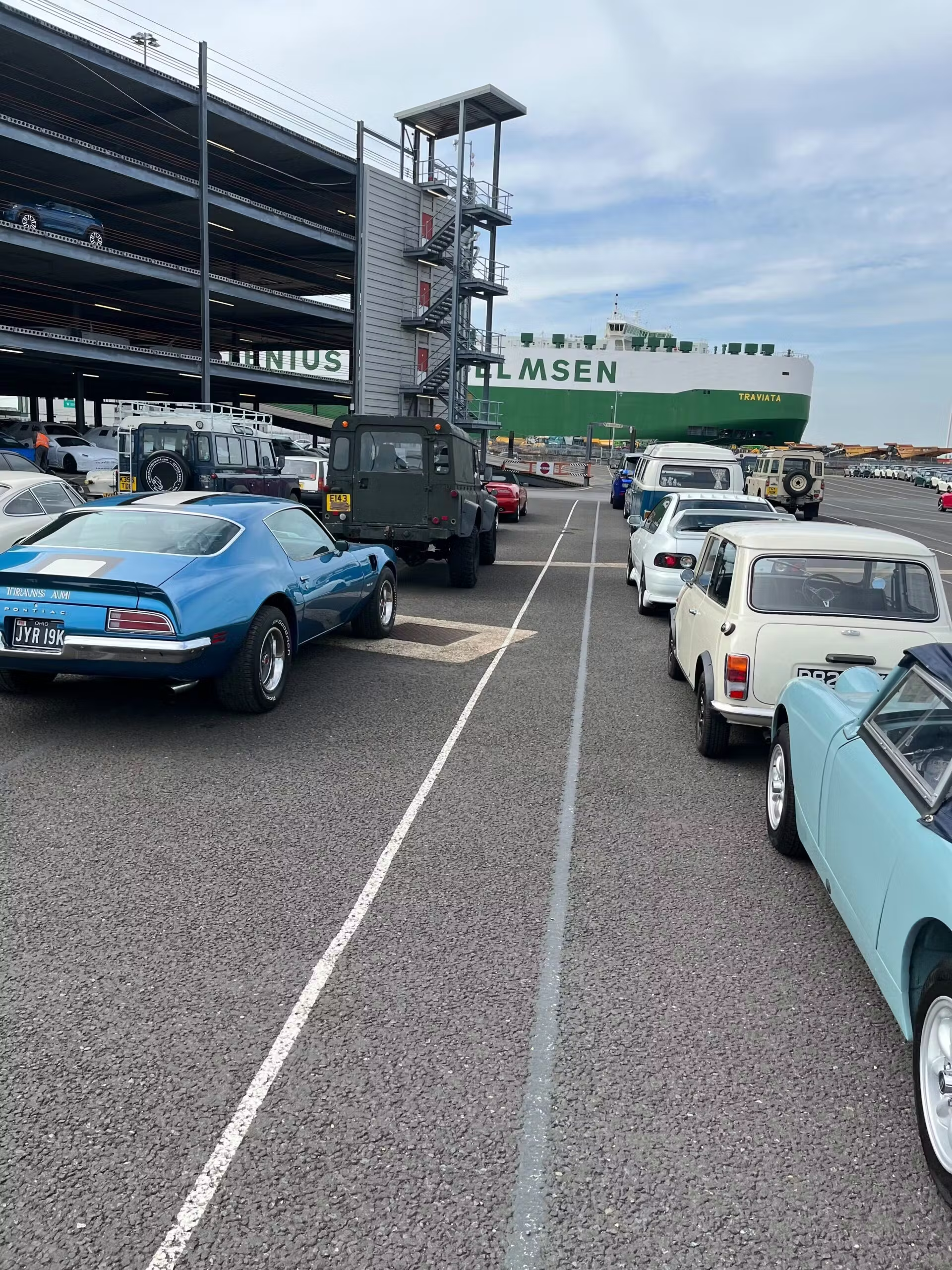

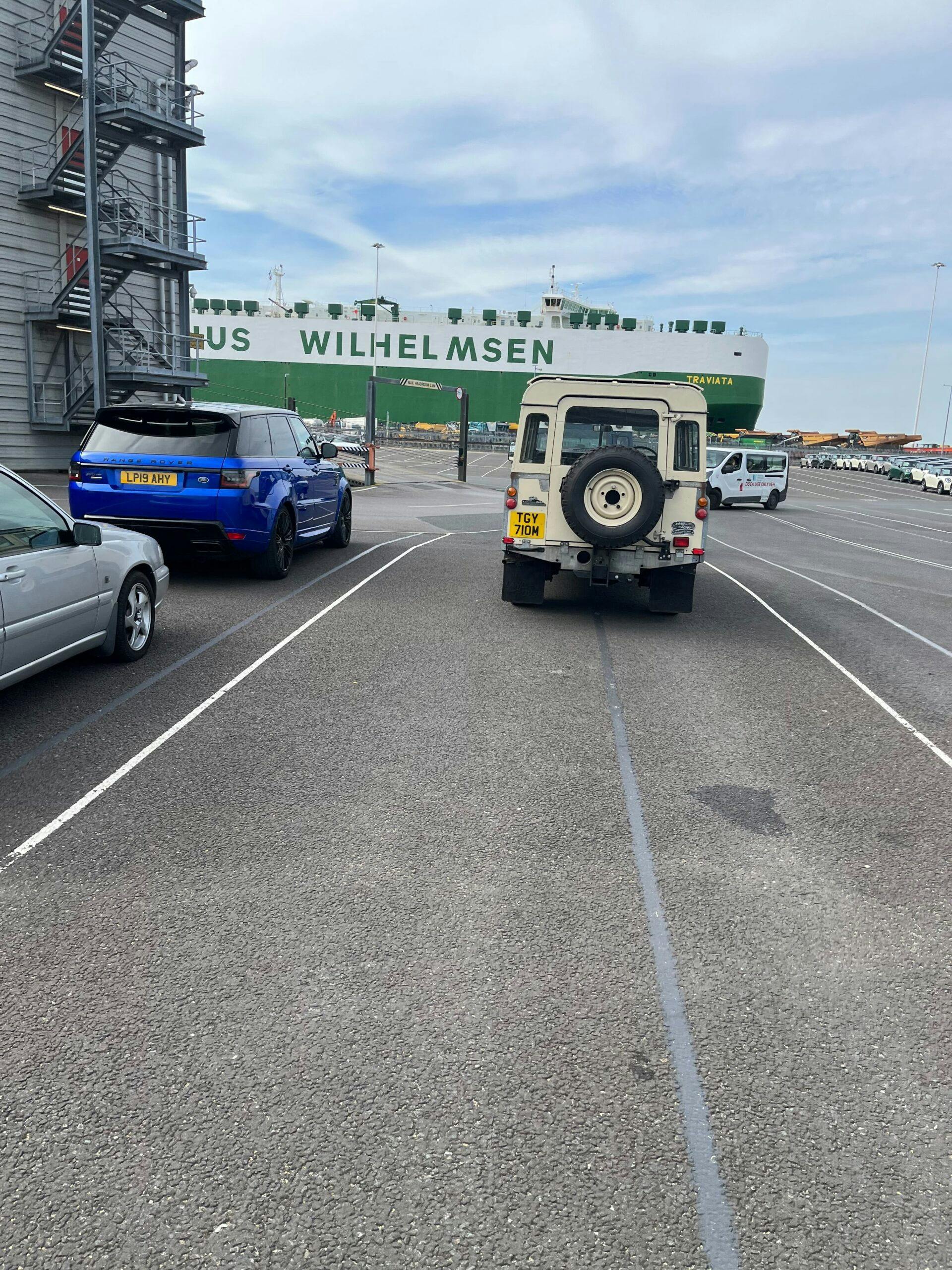

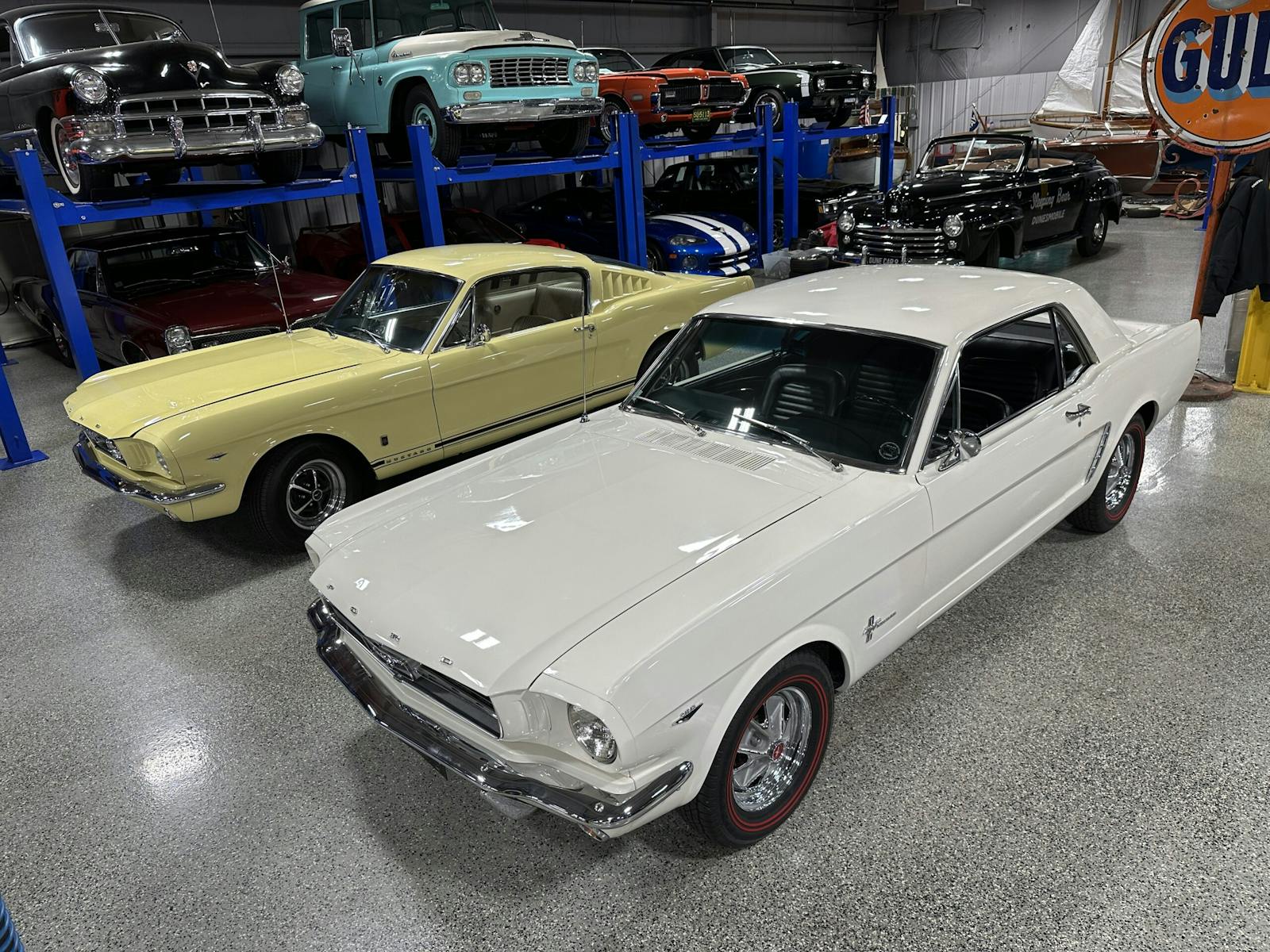
From a Lotus, Rolls, Alfa, to a Chevy, Kia, or Toyota; all SUVs look exactly the same to me: big un-aerodynamic, poor handling, tough to park ugly bricks. I am completely amazed that the car culture has embraced them as they have.
Have a Midget now, you truly do fall into it and crawl out of it, but it is fun when it runs. It brings a smile to my face when young people (I am 78 so almost everyone is young) ask “what is that? when I park it somewhere.
There is no thrill like seeing the oil pan of a Peterbuilt in your rear view mirror when driving at highway speeds.
Agreed. LED technology has liberated designers to let their imaginations run wild, and this is what we end up with? More Sprite, less blight, please.
Aaron, My ‘60 Bugeye Sprite smiles at me everyday in the garage. He shares space with an ‘04 Miata Mazdaspeed who has a big smile every time he gets out of the garage as well.
being a 25 year employee of Toyota / Lexus there is a bunch of competing things going on that makes it easy to complain about the front ends of most modern cars
There are many competing things going on related to government mandates (fuel economy & safety are the biggest ) from all over the world that is driving the look of modern cars
1. Aerodynamics and crash testing determine the general front end shape and almost every large auto manufacturer is trying to work within a small window based on the same restrictions- so they all start to look like each other especially when dealing with smaller and smaller headlights (angry headlights)
2. European bumper / front end rules- to be sold in Europe the vehicle has to follow certain requirements to reduce pedestrian injuries (especially lower leg injuries) that results in no protruding front bumpers, very tall basically flat fronts of the vehicles . If they have any type of low grill hood then they need to be equipped with special hoods that have explosive charges that upon impacting a pedestrian to cushion the body hitting against the hood (especially their head and upper body). The Lexus LC coupe is designed with a hood that pops up several inches on trick hinges that allows the hood to move backwards and downward to cushion the blow of getting hit by a car. (Its extremely expensive but needed to be able to sell the car in Europe) So the EU is forcing these huge flat front ends that no-one want to have but desire since Europe is a relatively large market and manufacturers they need to meet those EU only safety specs and apply it to vehicles being sold worldwide to limit costs of meeting the requirements
As to grill sizes they’re huge now but the stylists are trying to hide the basically tall flat front end with big grills and a bunch of creases to give it some “style” Most vehicles now have very little grill that allows air to enter the engine compartment . its only about 30% of the grill” opening” is actually letting air inside the engine compartment and it’s at the bottom.
I preferred the old lexus style grills but Lexus stylists wanted to “be bold” to shake off the old conservative only for old people style grills lexus had in the 90’s . Some work better than others. But that big grill is actually a homage to what the Toyoda family first made their fortune in…. automatic weaving looms that automatically stopped when a thread broke. The grill is a representation of the thread spindles used to help make the first automatic weaving looms work.
Thanks Tom for the clarification of how Lexus came up with the idea for their grill designs. I always thought that theirs was quite unique.
I agree with the author and also the sentiment that it’s a reflection of our current culture. Violent and dreary pop music, bizarrely violent movie and TV themes, toughness emphasized in sports to the point where highly paid coaches and athletes slap/punch referees, opposing coaches and players…even at the high school level! Emphasis on being “tough” at all times in games (OK to require safe spaces off the field), horrible politician and pundit behavior, social media attacks, etc. Great examples and role models!
Where is the Love?…and the happy grilles!
We can use some creativity to inject some interest in the other category – generic and blah small SUVs and Teslas.
That blue Citroën DS looks ‘Gallic happy’ Hard to fault the aerodynamic styling and amazing technical stuff underneath…
We were in Canada last what you would call Fall and when those big pick up trucks come bowling up you really feel threatened
How about character faces on cars? Case in point: take a look at Lord Valdemort’s face, then Google up a picture of the front end of a Tesla Model 3 in white. Tell me I’m wrong, but I think Voldemort sat for the clay model build.
The attached article by Sam Smith about the photography of Klementaski was really excellent.
Great read. I have a 1958 Austin Healey Sprite and I can attest to the fact that it makes people smile.
Can’t believe nobody has mentioned the smiling Dodge/Plymouth Neon.
I think that the recent Lexus look like industrial strength vacuum cleaners — no personality, just utility. (Never tell a Lexus owner that,)
Then of course there were the Crosley Hotshots with real bug eyes and no mouth. They were the first post WWII American built sports cars. They dominated 750 cc sports car racing in the 50’s. They were even harder to fit into than Bugeye Sprites.
I have always thought Chevys were smiling and I still think so. However, I agree that most of the vanilla cars have, at best, benign to mean expressions. The problem, to me, is making cars slipperier and lower. Back in the day (yeah, I know that’s a cliche) I would see both. Buicks, particularly seemed the angryist in the 50s & 60s.
I own Porsche, Ferrari, Bentley….But only the 1960 Bugeye Sprite will start conversations are traffic lights. parking lots, gas station……..The happiest car of them all.